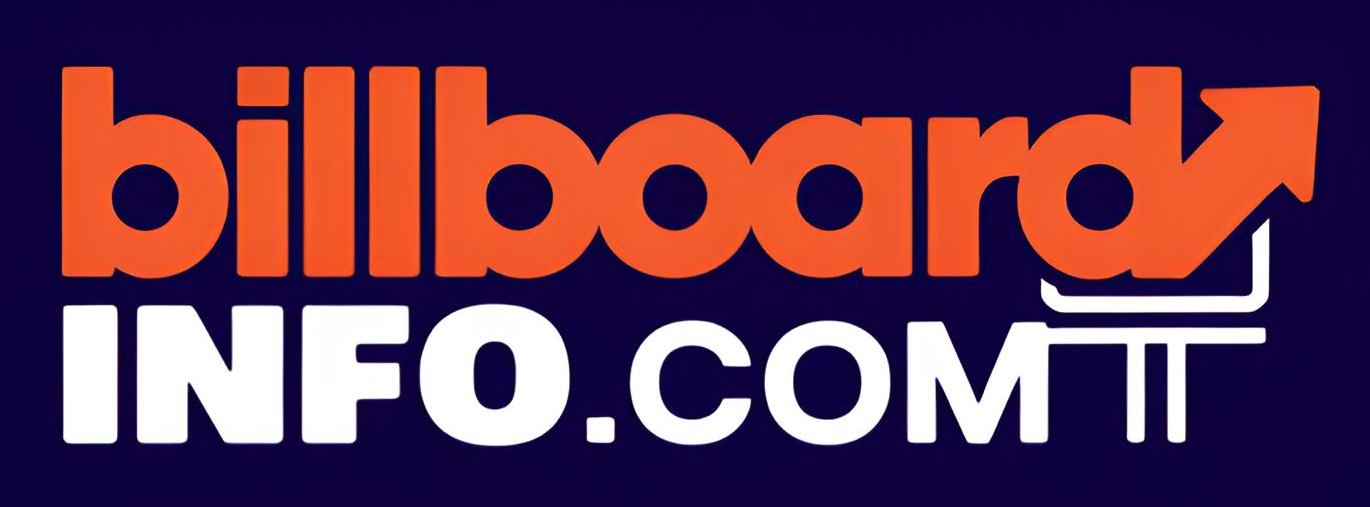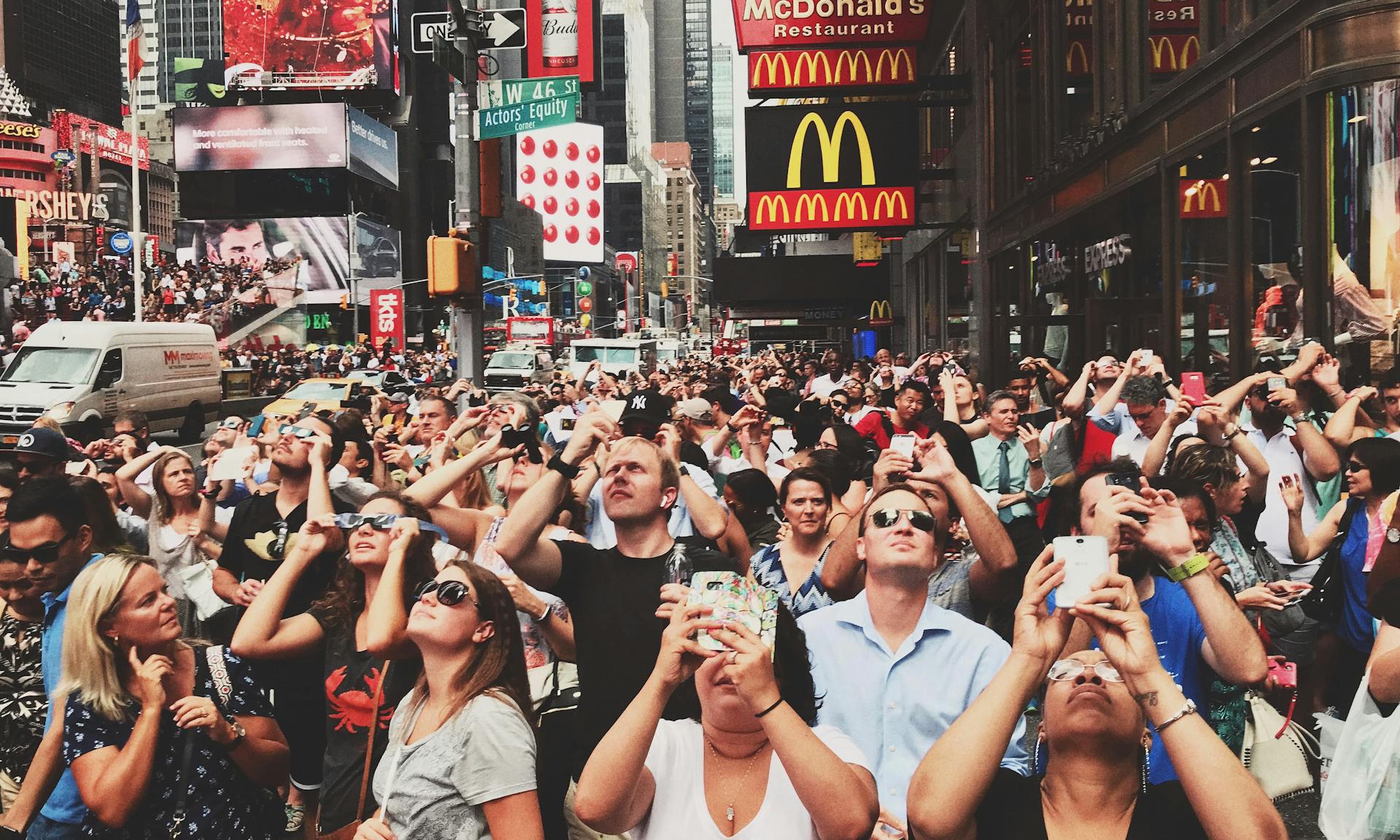As businesses look for ways to maximize their advertising dollars, the debate between billboard advertising vs social media ads continues to grow. While digital marketing has transformed the advertising industry, traditional methods like billboards have stood the test of time. In 2025, many brands are rediscovering the power of outdoor advertising and realizing that billboard advertising is more effective than social media advertising in several key ways.
It might seem counterintuitive in an age where everyone is glued to their screens, but the reality is that billboards offer an unmatched level of visibility, credibility, and impact. Social media ads, though targeted, come with drawbacks such as ad fatigue, algorithm limitations, and audience skepticism. Billboards, on the other hand, provide uninterrupted, large-scale exposure in the real world, making them an essential part of a well-rounded marketing strategy.
The Unavoidable Presence of Billboards
One of the biggest advantages of billboards is their physical presence. Unlike social media ads, which can be scrolled past or skipped entirely, billboards are unavoidable. Whether someone is driving to work, walking through the city, or waiting for a bus, a well-placed billboard ensures visibility. There’s no option to close it, ignore it, or block it with an ad blocker. It becomes a natural part of the environment, subtly embedding a brand’s message into the daily routine of thousands—if not millions—of people.
In contrast, social media ads are often perceived as intrusive. People log onto platforms like Facebook, Instagram, or Twitter to connect with friends, read news, or engage with content they choose. When an ad appears in their feed, it can feel like an interruption rather than an invitation. Many users have developed ad blindness, where they instinctively scroll past anything resembling an ad, rendering a brand’s message ineffective.
Credibility and Trust Factor
Trust plays a crucial role in advertising effectiveness. In recent years, digital advertising has faced growing skepticism due to the rise of misleading ads, fake news, and data privacy concerns. Many users are wary of clicking on online ads, fearing spam or scams. Even legitimate brands struggle to build trust when their ads appear alongside questionable content.
Billboards, however, have a built-in sense of credibility. A physical advertisement on a prominent highway or downtown area signals that a brand is established and serious about its message. Unlike social media, where anyone can launch an ad campaign for a few dollars, billboard advertising requires investment and planning. This exclusivity adds a level of authenticity that online ads struggle to achieve.
Audience Engagement and Retention
When comparing billboard advertising vs social media, another major factor is engagement and retention. People remember what they see in the real world far better than what they see online. Studies have shown that out-of-home (OOH) advertising, including billboards, has a higher recall rate than digital ads.
Scrolling through social media is often a passive experience. People are bombarded with ads, videos, memes, and posts, making it difficult for any single brand to stand out. Billboard advertising, on the other hand, engages audiences in a more focused way. Whether someone is sitting in traffic or walking past a large, eye-catching display, they are more likely to absorb and remember the message.
Avoiding Ad Fatigue
One of the biggest challenges of digital advertising is ad fatigue. Social media users see so many ads throughout their day that they become desensitized to them. This forces brands to constantly tweak their messaging, designs, and targeting in hopes of staying relevant. Even then, many ads go unnoticed or are skipped within seconds.
Billboards, on the other hand, don’t suffer from ad fatigue in the same way. A strategically placed billboard remains in view for an extended period, consistently reinforcing a brand’s message. There’s no need to fight against shifting algorithms or worry about engagement metrics. As long as the billboard is in place, it continues to work passively and effectively.
Cost-Effectiveness and Long-Term Impact
Many businesses assume that social media ads are cheaper than billboard advertising, but this isn’t always the case. Short-term social media ads require ongoing spending, and results disappear as soon as a campaign ends. With billboard advertising, a brand pays for space over a set period, often yielding a longer-lasting impression compared to fleeting online ads.
Furthermore, digital ads require constant monitoring, testing, and optimization. Brands need to analyze click-through rates, conversion rates, and audience engagement levels to ensure they’re getting a return on investment. With billboards, the investment is straightforward and predictable—a one-time placement fee that guarantees visibility.
Billboard Advertising and Social Media: The Best of Both Worlds
While billboard advertising is more effective than social media advertising in many ways, the two don’t have to be mutually exclusive. In fact, many brands have found success by integrating both strategies. A billboard can spark curiosity and drive people to search for a brand online, while a well-timed social media campaign can reinforce the billboard’s message.
For example, a company might launch a viral marketing campaign where users are encouraged to take a photo of a billboard and share it on social media for a chance to win a prize. This bridges the gap between offline and online marketing, combining the best of both worlds.
Conclusion
In 2025, billboard advertising is more effective than social media advertising in terms of credibility, audience retention, and long-term impact. While digital ads have their place, they struggle with issues like ad fatigue, audience distrust, and fleeting engagement. Billboards, with their unmatched presence and trustworthiness, offer brands an opportunity to connect with consumers in a way that feels natural and unavoidable.Ultimately, the best marketing strategy isn’t about choosing between billboard advertising vs social media but understanding how each can complement the other. By leveraging the strengths of both, businesses can create well-rounded campaigns that maximize visibility and drive meaningful engagement. Whether your goal is brand awareness, lead generation, or customer retention, investing in billboards ensures that your message doesn’t just get seen—it gets remembered.


